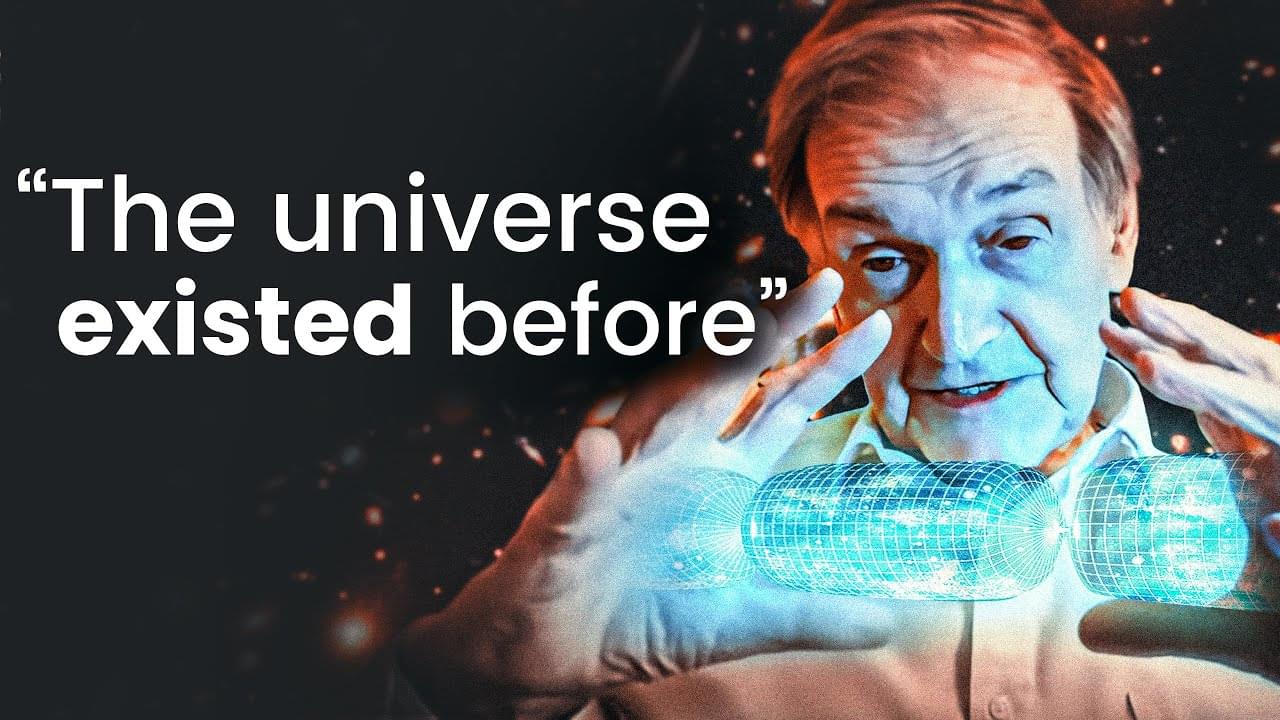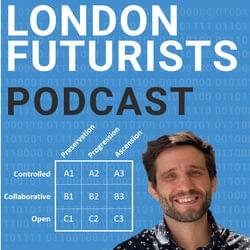Long-anticipated experiments that use light to mimic gravity are revealing the distribution of energies, forces and pressures inside a subatomic particle for the first time.
Lurking some nine billion light years away from Earth is what appears to be a so-called cosmic megastructure in the shape of an enormous ring. It’s so large that its existence should be impossible, according to new research reported on by The Guardian, challenging a fundamental assumption of our understanding of the Universe.
Known as the “Big Ring,” the structure spans an astonishing 1.3 billion light years in diameter — a significant portion of the observable Universe’s estimated size of 94 billion light years. By contrast, the largest known galaxy is a “mere” 16 million light years across. If it were visible in the night sky to the naked eye, the Big Ring would be equal in diameter to fifteen full moons. Succinctly put: it’s unfathomably huge.
The unpublished findings, presented at the annual meeting of the American Astronomical Society on Thursday, add to a growing list of inexplicably large structures that remain confounding — if not controversial — to scientists.
Cerebral cavernous malformations occur in 0.5% of the population; 85% are sporadic, and 15% are familial or radiation-induced. Several genetic variants, including variants in CCM, drive their development. Read the full review:
Review Article from The New England Journal of Medicine — Cavernous Malformations of the Central Nervous System.
Let’s unravel the mysteries surrounding (our) Big Bang. Was it truly the beginning of everything? ♾️🔍
Want to support our production? Feel free to join our membership at https://youtu.be/SbPncSyw-fM?si=V-Z1kj9ghdj85Jc6
Special thanks to our beloved YouTube members this month: Poca Mine, Powlin Manuel, Gregory Stone, Lord, Saïd Kadi and Brad Clemmer 🚀🚀🚀
Experts featured in this video include Roger Penrose and Paul Steinhardt.
Here are 10 signs to look for if you suspect a loved one may have Alzheimer’s disease:
If you suspect a loved one may have Alzheimer’s disease, here are 10 signs to look for from WebMD.
Discover a fascinating case study on Superficial Temporal Artery-to-Middle Cerebral Artery Bypass for Ischemic Stroke with Blood Pressure-Dependent Symptoms! 🧠
Tap the link to discover:
The efficacy of extracranial-intracranial (EC-IC) bypass in preventing ischemic stroke progression and recurrence is controversial. As per the current hypothesis, EC-IC bypass is most beneficial for patients with persistent hemodynamic insufficiency. Hence, various approaches have been used to evaluate hemodynamic insufficiency, including repeated single photon emission CT (SPECT) imaging or continuous monitoring of cerebral flow with transcranial Doppler ultrasound (TCD). However, both modalities are time-and resource-intensive. In this report, we discuss how EC-IC bypass turned out to be beneficial for a patient presenting with blood pressure-dependent severe aphasia and right hemiparesis due to middle cerebral artery (MCA) occlusion that failed thrombectomy. CT perfusion (CTP) scan at admission demonstrated a persistent volume of delayed perfusion without core infarct.
Legaltech News sat down with the leaders of AI detection company Copyleaks to discuss the findings of their study that found that almost 60% of OpenAI’s GPT-3.5 outputs included some form of plagiarism, and the effectiveness of uncovering AI use.
Multiresolution computational simulations generate all-atom models of a complete packaged virus particle.
How LLM #ai is transforming the science of cells and propelling new discoveries by @carlzimmer v/EricTopol.
Given troves of data about genes and cells, A.I.
Given troves of data about genes and cells, A.I. models have made some surprising discoveries. What could they teach us someday?
Calum and David recently attended the BGI24 event in Panama City, that is, the Beneficial General Intelligence summit and unconference. One of the speakers we particularly enjoyed listening to was Daniel Faggella, the Founder and Head of Research of Emerj.
Something that featured in his talk was a 3 by 3 matrix, which he calls the Intelligence Trajectory Political Matrix, or ITPM for short. As we’ll be discussing in this episode, one of the dimensions of this matrix is the kind of end goal future that people desire, as intelligent systems become ever more powerful. And the other dimension is the kind of methods people want to use to bring about that desired future.
So, if anyone thinks there are only two options in play regarding the future of AI, for example “accelerationists” versus “doomers”, to use two names that are often thrown around these days, they’re actually missing a much wider set of options. And frankly, given the challenges posed by the fast development of AI systems that seem to be increasingly beyond our understanding and beyond our control, the more options we can consider, the better.









